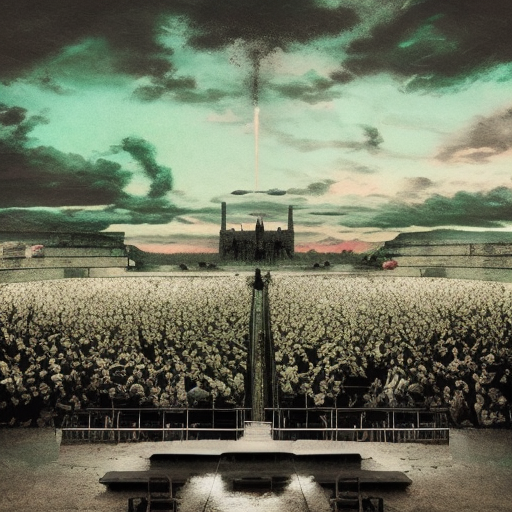One-line Summary:
Army of Shadows (1969) by Jean-Pierre Melville
During World War II, a group of French Resistance fighters navigate the treacherous landscape of occupied France, facing constant danger and betrayal as they carry out their covert operations.
Main Cast and Crew:
- Director: Jean-Pierre Melville
- Writer: Jean-Pierre Melville (screenplay), Joseph Kessel (novel)
- Key Actors: Lino Ventura (Philippe Gerbier), Paul Meurisse (Luc Jardie), Jean-Pierre Cassel (Jean-François Jardie), Simone Signoret (Mathilde), Claude Mann (Le Bison)
- Music Director: Eric Demarsan
- Director of Photography: Pierre Lhomme
- Producers: Jacques Dorfmann, Robert Dorfmann
Plot:
Set in German-occupied France during World War II, “Army of Shadows” follows the story of Philippe Gerbier, a high-ranking member of the French Resistance. Gerbier is captured by the Gestapo but manages to escape and goes underground. He forms a small group of Resistance fighters, including the resourceful Luc Jardie and his brother Jean-François Jardie. Together, they carry out various missions, such as sabotage, intelligence gathering, and rescuing captured Resistance members.
The group faces constant danger and betrayal, as they must navigate a web of informants and double agents. They struggle to maintain their morale and trust in each other while facing the harsh realities of war. The film portrays the psychological toll of living in constant fear and the sacrifices made for the greater cause.
Themes and Motifs:
“Army of Shadows” explores themes of loyalty, sacrifice, and the moral ambiguity of war. The characters are driven by a deep sense of patriotism and a desire to free their country from the Nazis, but they must also grapple with the difficult choices and compromises that come with their resistance activities. The film delves into the psychological and emotional toll of their actions, highlighting the internal conflicts they face as they balance their duty to the cause with their personal lives and relationships.
The motif of shadows is prevalent throughout the film, symbolizing the constant threat of discovery and the hidden nature of the Resistance’s activities. The characters often operate in the shadows, both literally and metaphorically, as they navigate the dangerous landscape of occupied France.
Reception and Legacy:
Upon its release, “Army of Shadows” received critical acclaim for its realistic portrayal of the French Resistance and its exploration of the moral complexities of war. However, it was initially a commercial failure, partly due to its somber tone and lack of action sequences.
Over time, the film has gained recognition as a masterpiece of French cinema. Its influence can be seen in subsequent films about the Resistance, and it is often cited as one of the greatest war films ever made. In 2006, the film was restored and re-released, further solidifying its legacy.
Recommendation:
“Army of Shadows” is a gripping and thought-provoking film that offers a unique perspective on the French Resistance during World War II. It is a must-watch for fans of war dramas and those interested in exploring the moral complexities of war. However, viewers should be prepared for a slower-paced film that focuses more on character development and psychological tension than action sequences.
Memorable Quote:
“In this war, there are no unwounded soldiers.”












